Put simply, dewatering is the process of removing water from the construction area to allow for workable conditions. Dewatering involves lowering the water table and intercepting water seepage which would otherwise emerge from the faces or bottom of an excavation.
There are several different methods that can be utilised to achieve temporary dewatering. Some of the most common methods currently in use include wellpoints, deep wells, submersible pump method or a combination of these methods.
- Wellpoint system: In comparison to the submersible pump method, the wellpoint method is more efficient.
- Submersible pump: Contractors can use submersible pumps operating 24/7 on a float switch. Placed strategically around the site, pumps can be sited in 44-gallon drums, which are submerged below the basement finished floor level. In most cases, this is a cost-efficient way to achieve dewatering.
- Other considerations: Connecting to subfloor coils, pressure release pipes or outlets through basement slabs is helpful to spread water pressure evenly throughout the underside of slabs.
Several factors would need to be considered to achieve efficient subfloor drainage, including diameter, slope, and spacing of drainage coils.
The determination of what system to use is project-specific and depends on several factors including, the type of soils present, soil permeability, the depth of the groundwater, required excavation depth, and the physical constraints of the site. Wellpoint dewatering systems are the most versatile and commonly used systems.
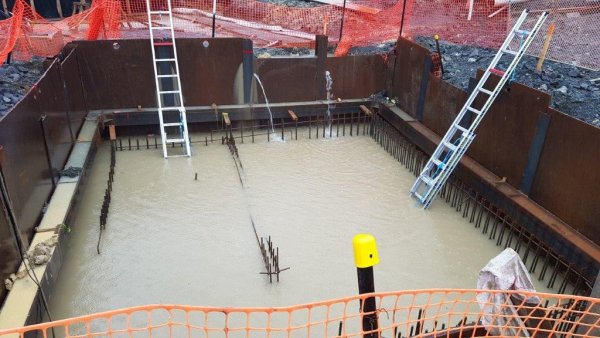
For most construction projects, a specific dewatering method is not part of the project architect’s design, but rather the general contractor is responsible for selecting the most appropriate dewatering system for the project. In such cases, the main contractor is responsible for designing, furnishing, installing, operating, maintaining, and removing the temporary dewatering system as required to lower and control water levels to alleviate hydrostatic pressures during construction activities. The main contractor must also determine whether the pumped water can effectively be contained on-site or whether it will need to be disposed of off-site and possibly treated.
In many locations around the country, the control of groundwater during construction is a very common practice. Yet, despite its common occurrence, dewatering can be a complicated process depending on the site conditions and the excavation requirements.
For advice on good dewatering practice for your specific site, please contact an Allco Technical Advisor [email protected]













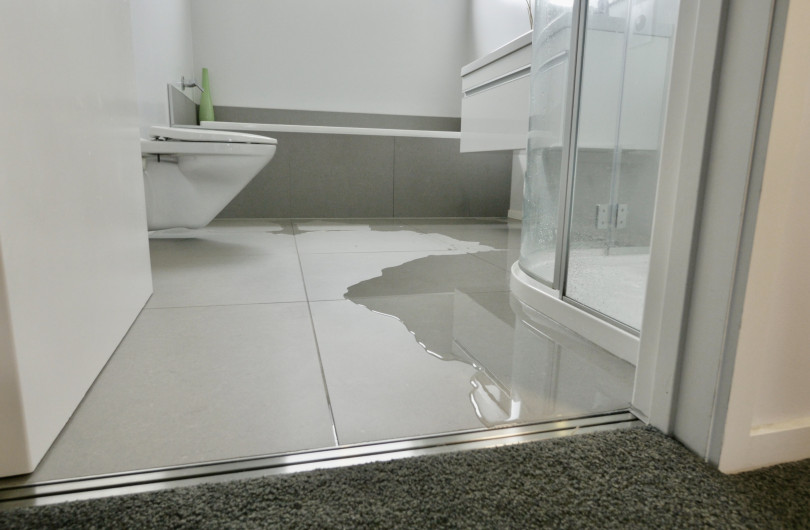
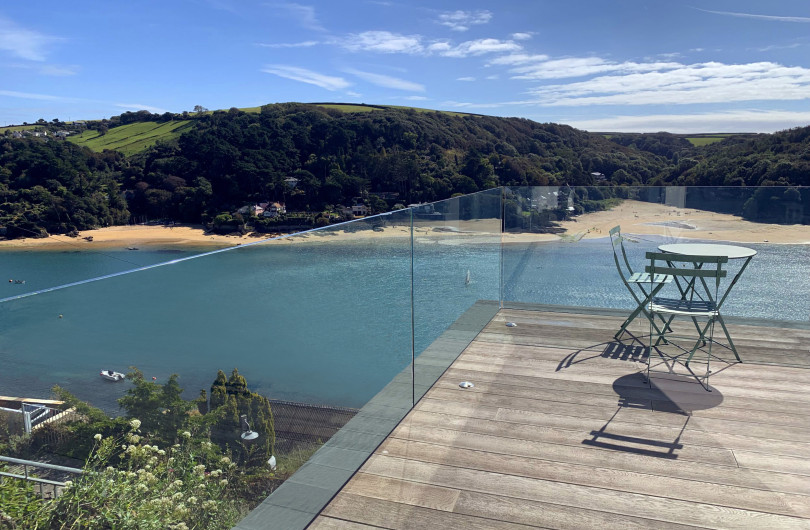
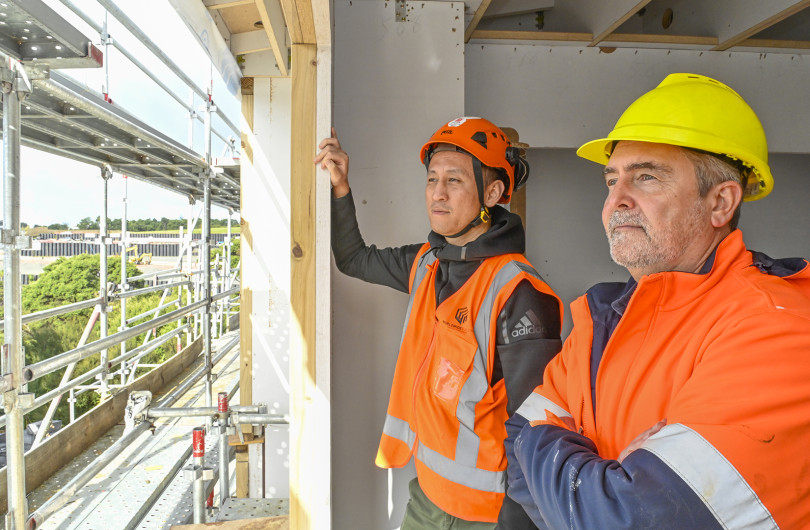
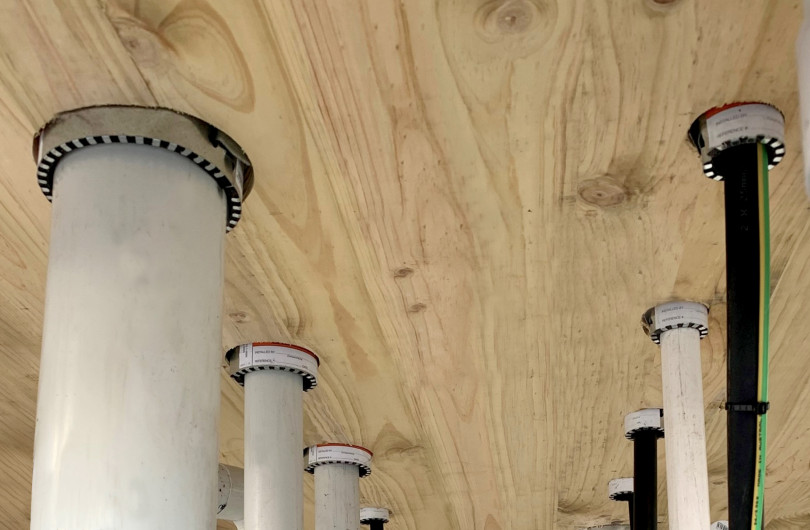

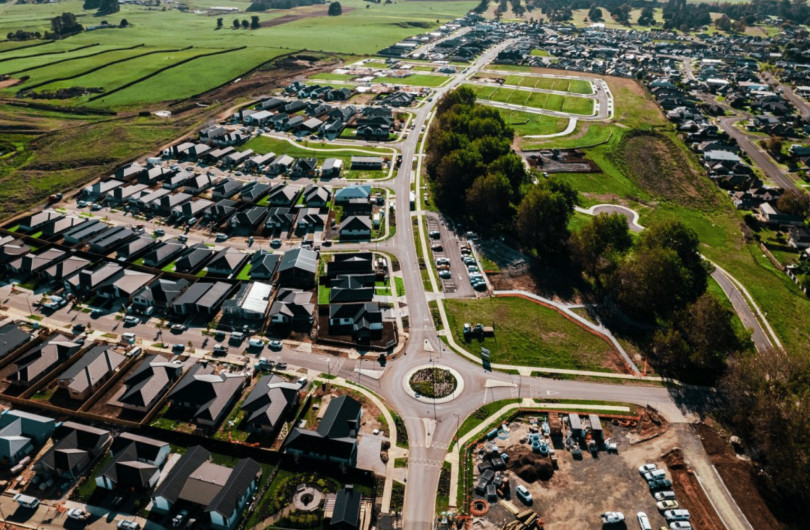

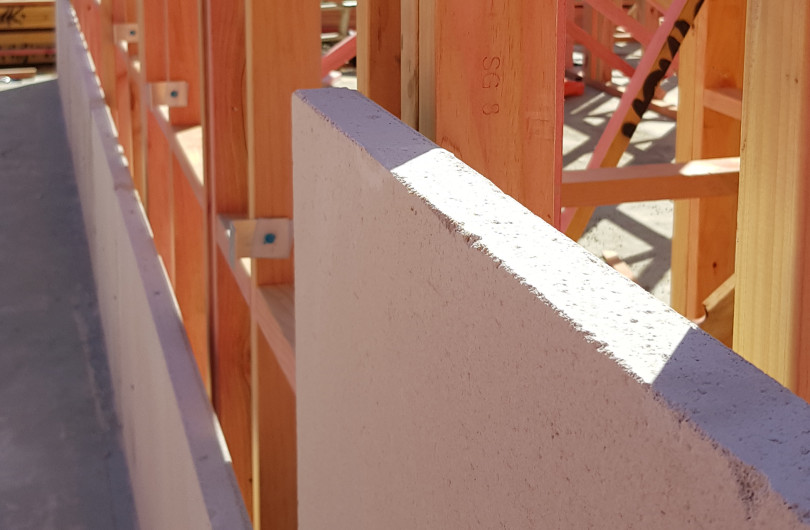




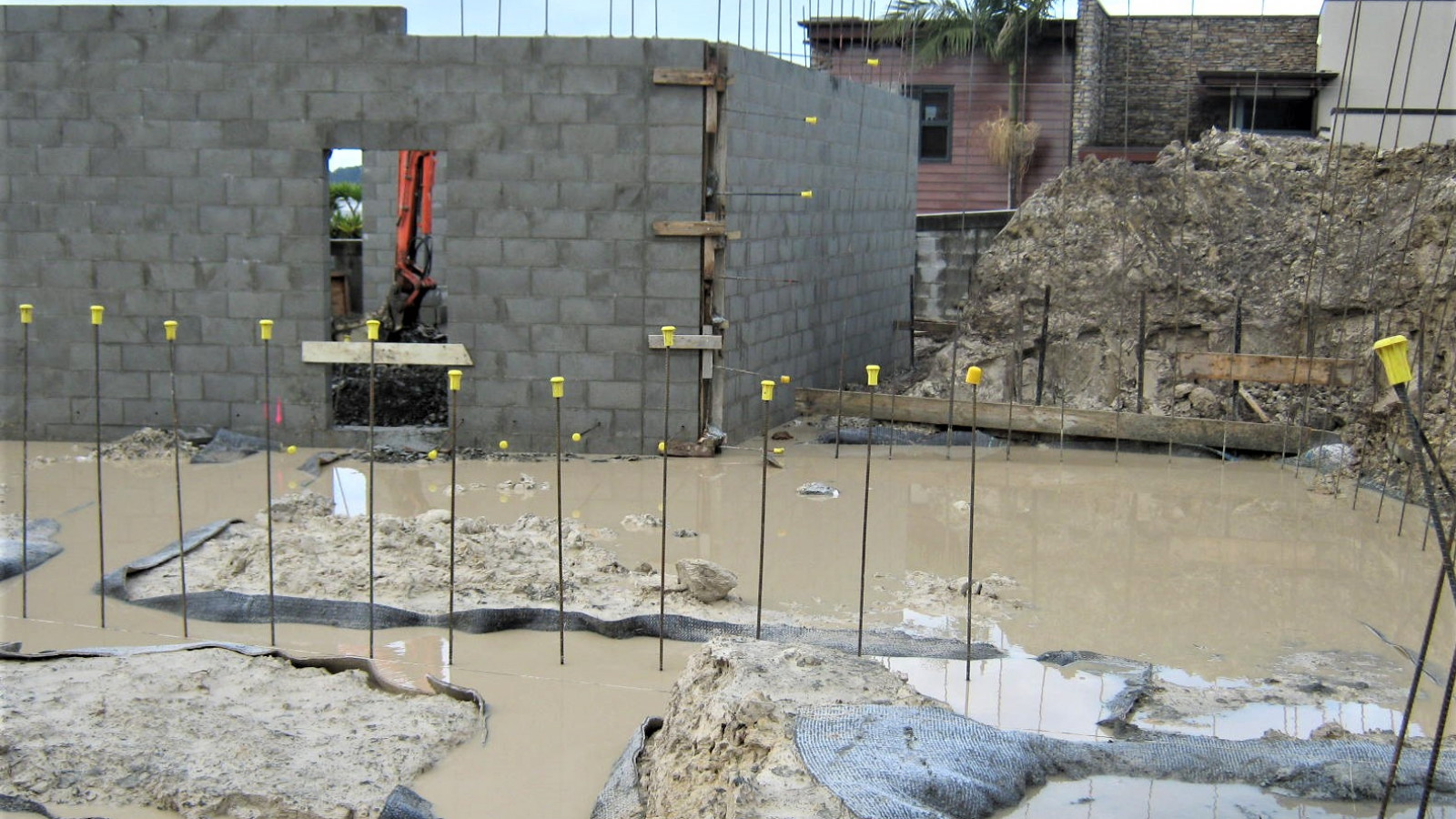



 Most Popular
Most Popular Popular Products
Popular Products



